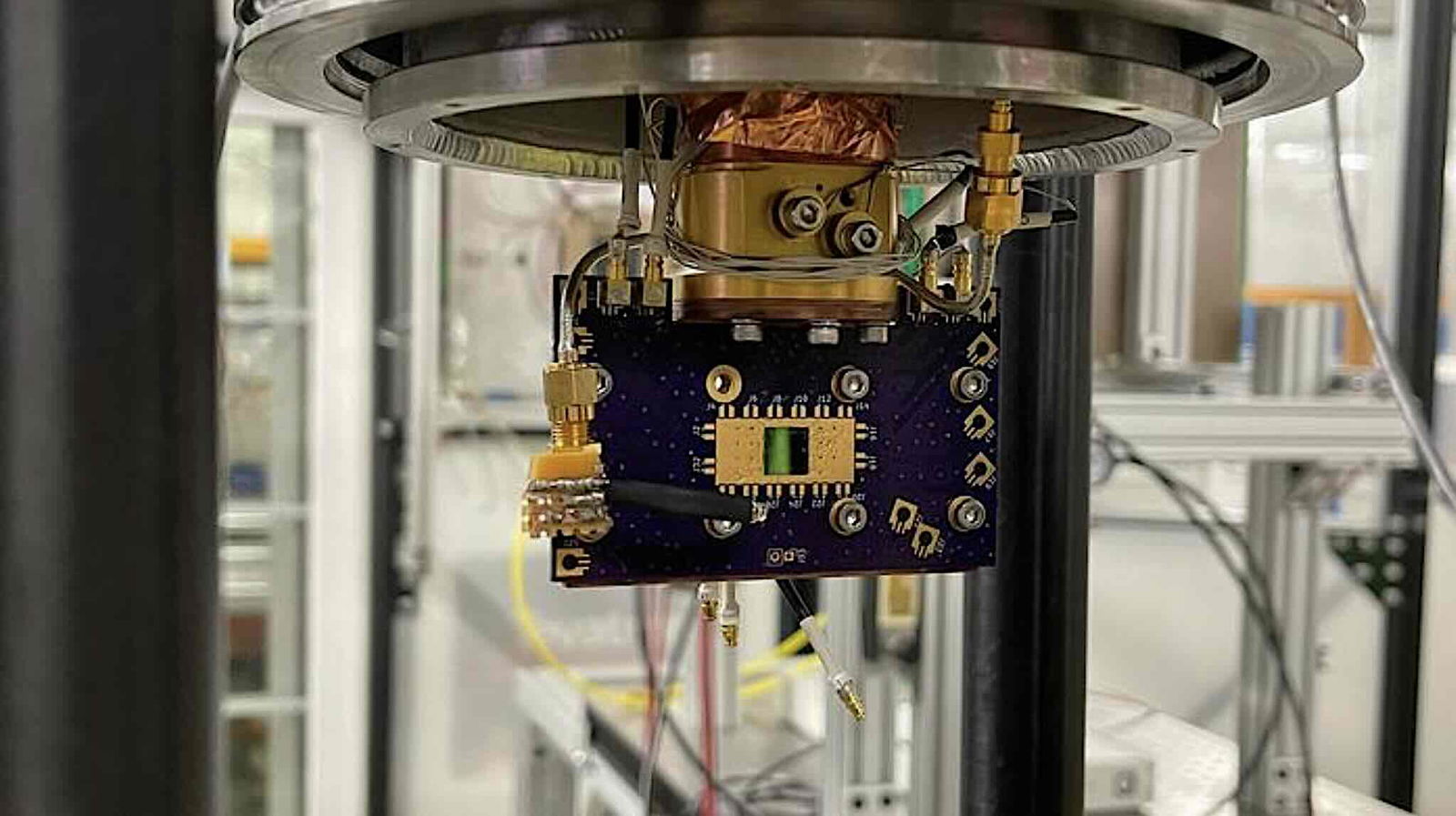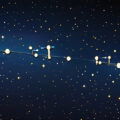Researchers at the U.S. Department of Energy’s (DOE) Argonne National Laboratory have discovered a highly sensitive sensor originally designed for detecting light that can also detect high-energy protons—particles that play a crucial role in understanding the universe’s fundamental forces.
This unexpected application of superconducting nanowire single-photon detectors (SNSPDs) could improve the precision of particle physics and nuclear research experiments, including those conducted at next-generation particle accelerators. The team’s findings were published in Nuclear Instruments and Methods in Physics Research Section A.
“This was a first-of-its-kind use of the technology,” Argonne physicist Whitney Armstrong said in a recent statement. “This step was critical to demonstrate that the technology works the way we want it to because it is typically geared toward photons. It was a key demonstration for future high-impact applications.”
Repurposing Quantum Technology for Particle Physics
The breakthrough came from an unexpected source: superconducting nanowire single-photon detectors (SNSPDs), typically used for detecting photons—the fundamental particles of light. SNSPDs absorb individual photons, generating small electrical changes in superconducting nanowires that allow precise detection and measurement. These detectors are widely used in quantum cryptography, advanced optical sensing, and quantum computing.
However, Argonne researchers discovered that these highly sensitive detectors could also detect high-energy protons—positively charged particles found in the atomic nucleus—when exposed to particle accelerator beams.
Testing a Method of Detecting High-Energy Protons
To test their idea, the team fabricated SNSPDs with varying wire sizes and exposed them to a beam of 120 GeV (giga-electronvolt) protons at the Test Beam Facility at DOE’s Fermi National Accelerator Laboratory (Fermilab). This experiment allowed researchers to simulate the conditions under which SNSPDs might operate in high-energy physics experiments.
The results were promising. Wire widths smaller than 400 nanometers—thinner than a fraction of a human hair—showed the high detection efficiency needed for proton sensing. The optimal wire size for this application was determined to be around 250 nanometers.
Beyond their sensitivity, SNSPDs have another major advantage: they function effectively under high magnetic fields. This makes them particularly suitable for use in accelerators, where powerful superconducting magnets are used to propel particles to near-light speeds.
“This was a successful technology transfer between quantum sciences, for photon detection, into experimental nuclear physics,” Argonne physicist Tomas Polakovic said in a statement. “We took the photon-sensing device and made slight changes to make it work better in magnetic fields and for particles. And behold, we saw the particles exactly as we expected.”
Implications for Future Research
The ability to detect high-energy protons using SNSPDs has never been reported before, making this discovery a vital step forward for nuclear and particle physics. The technology could play a key role in the upcoming Electron-Ion Collider (EIC), a state-of-the-art particle accelerator under construction at DOE’s Brookhaven National Laboratory. The EIC is designed to study the fundamental structure of protons and neutrons by colliding electrons with protons and atomic nuclei.
“The proton energy range that we tested at Fermilab is right in the middle of the span of the ion’s energy range that we will detect at EIC, so these tests were well-suited,” said Sangbaek Lee, a physics postdoctoral appointee at Argonne.
By proving that SNSPDs can detect high-energy protons with remarkable precision, the Argonne team has opened new possibilities for particle detection technology, bridging the gap between quantum sensing and high-energy physics. Their findings could enhance the sensitivity and accuracy of future experiments, helping scientists unlock more profound insights into the universe’s fundamental building blocks.
Kenna Hughes-Castleberry is the Science Communicator at JILA (a world-leading physics research institute) and a science writer at The Debrief. Follow and connect with her on BlueSky or contact her via email at kenna@thedebrief.org

